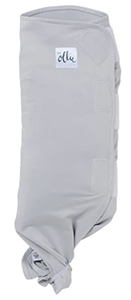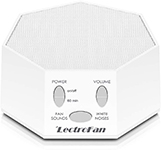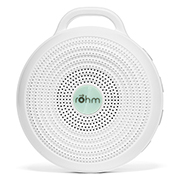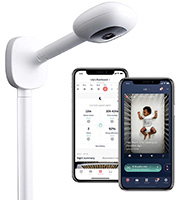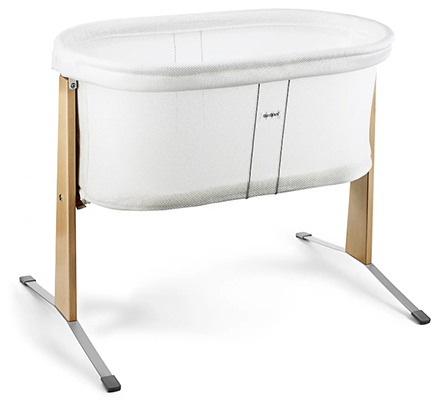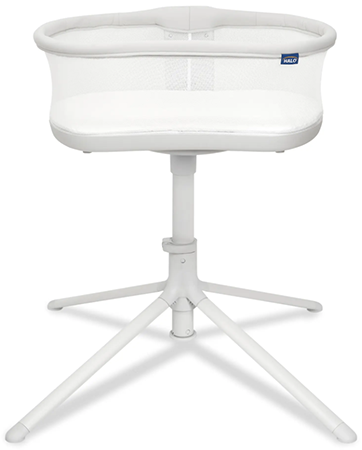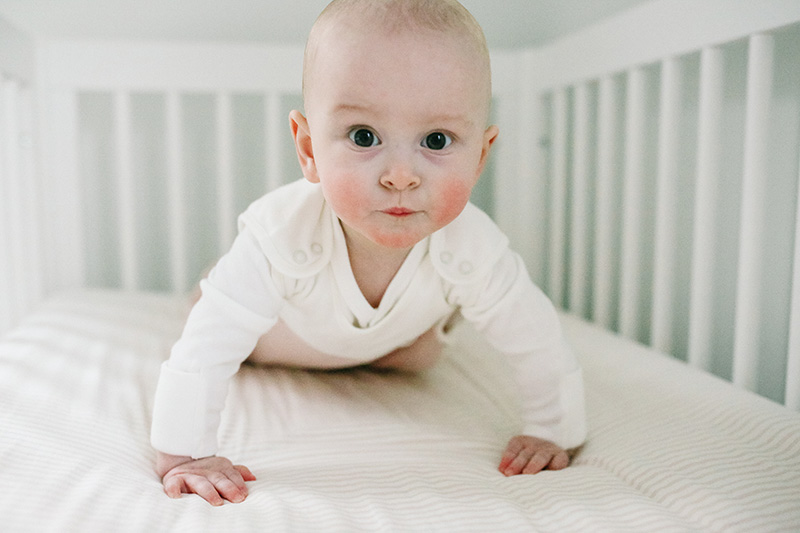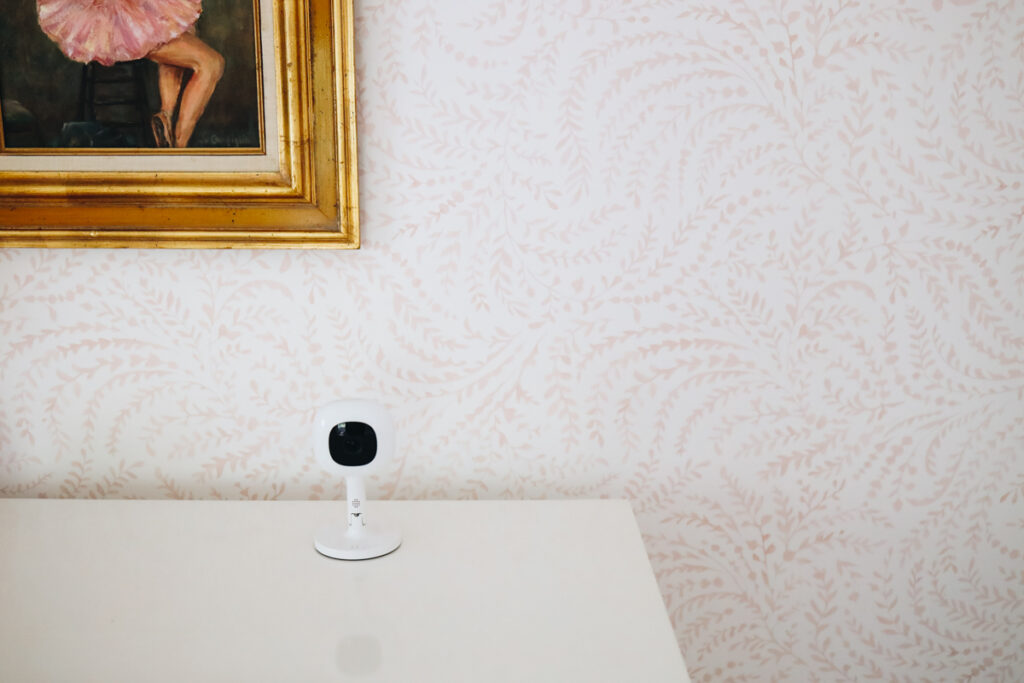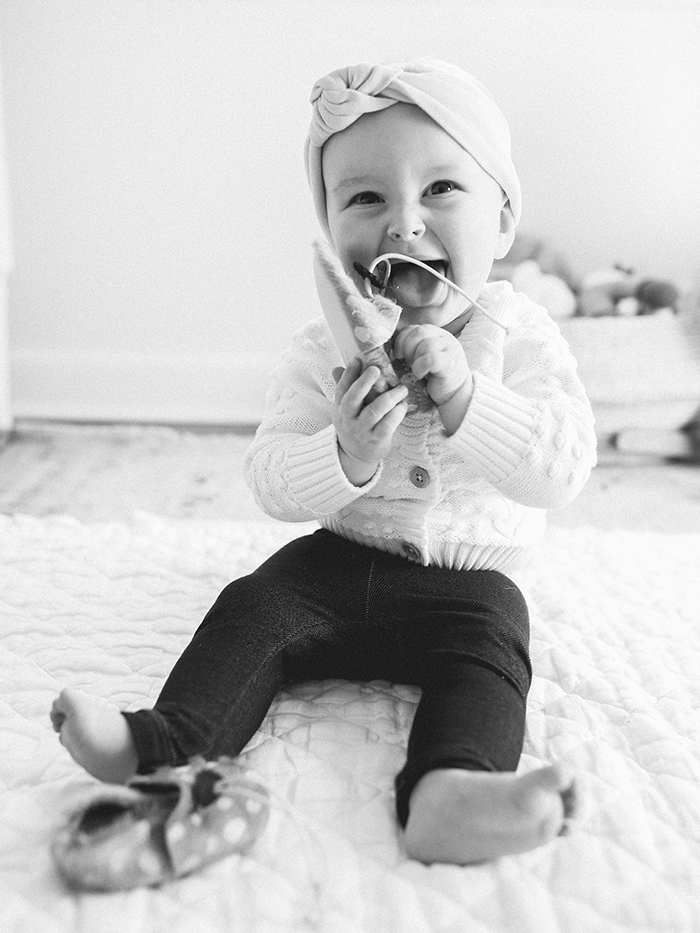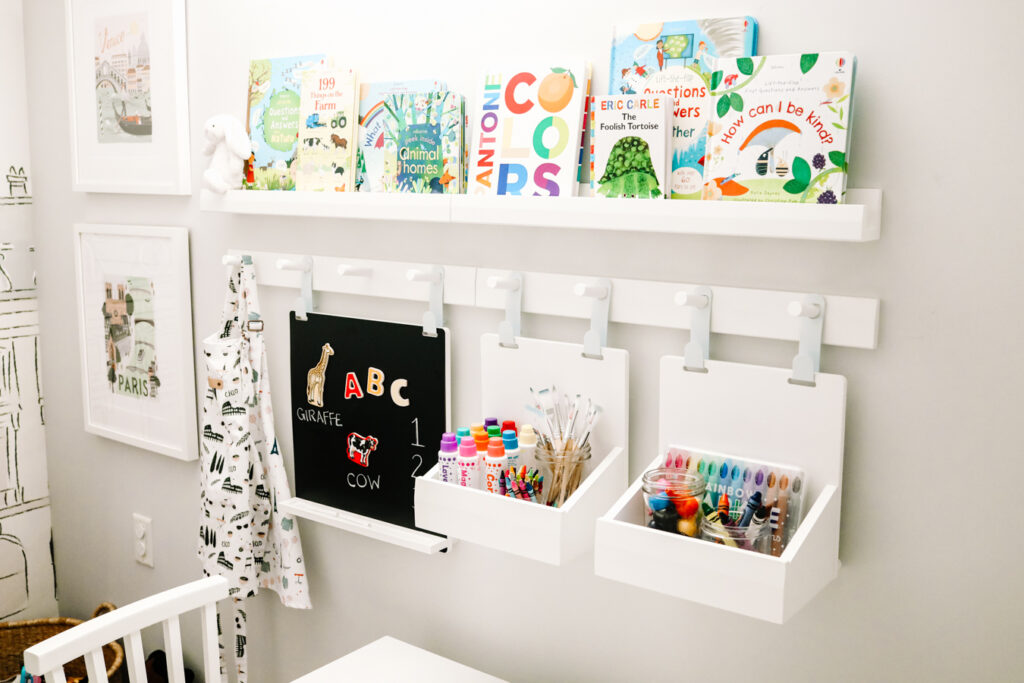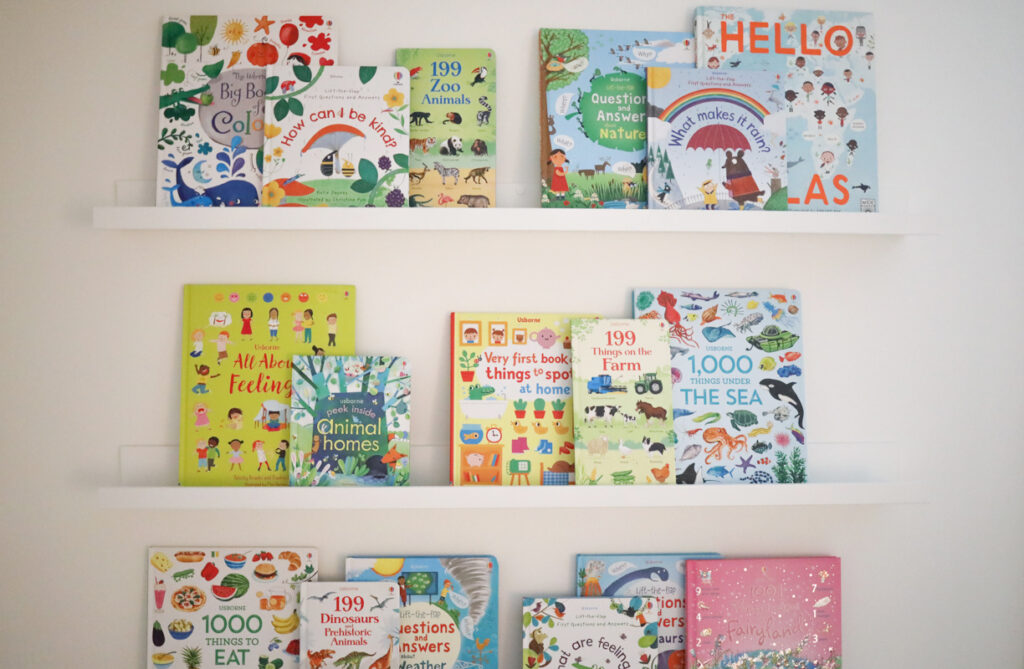Baby and Kids
Newborn Sleep 101: Sleep Tips for your New Baby
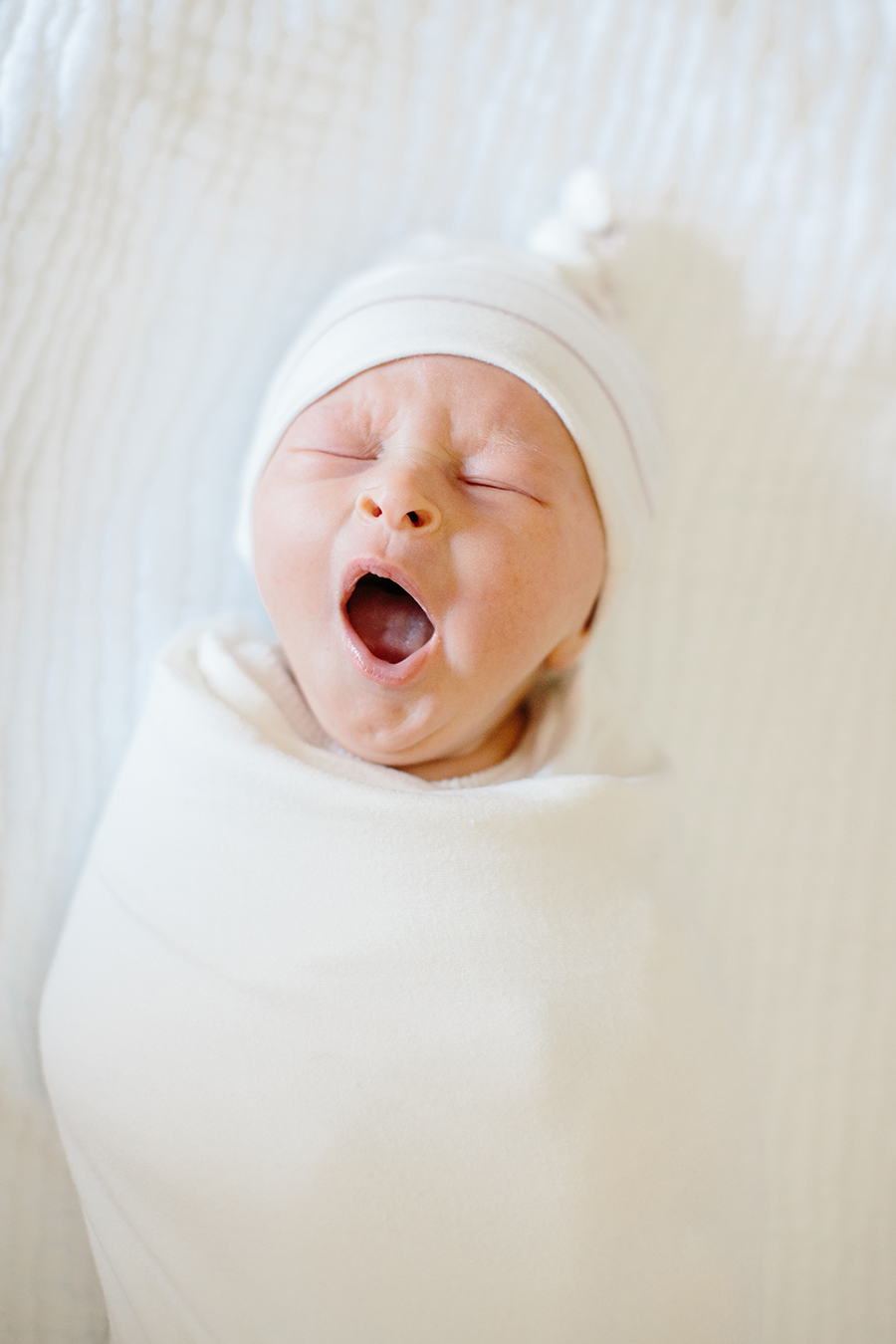

I am about to welcome my third baby and found myself wondering what I’m supposed to do when it comes to baby sleep. Sure, I’ve done this twice before (almost 3 and 5 years ago!) but it’s all such a blur. There’s nothing like a new baby to make (seasoned) new parents feel like they have no idea what they’re doing. and the reality is that your life and sleep are about to be turned upside down. But it’s just a phase, so let’s discuss newborn sleep.
I turned to sleep expert Michele Wawerski, the pediatric sleep consultant behind Peaceful Littles, who’s helped me with my girls from the newborn stage all the way to age 4. She is going to explain some of the newborn sleep basics and healthy sleep habits so we won’t feel so…lost when it comes to setting a sleep foundation for our new babies.
Newborn Sleep 101: Sleep Tips for your New Baby
First, I feel that it’s so important to note that it’s normal for newborns not to be on a schedule. Those things take time, and all babies are different. My first didn’t sleep through the night for what felt like forever. My second struggled with short naps (Michele helped!) but started sleeping through the night on her own at 4 months and basically never woke up again. We didn’t really have to do any formal sleep training for nighttime sleep, but Michele’s tips were great for setting a healthy sleep foundation, but sometimes, things have to shift and that’s ok.
Here are some of Michele’s tips to help you during a time when we don’t get nearly as much sleep as we’re used to, and when life feels sweet but a little bit upside down. First, something every new parent needs to remember.
It is normal for your newborn baby to wake throughout the night for feedings and diaper changes. It is also common for the length of their naps/schedule to vary from day to day. Sleeping through the night will come with time.
Recreate the womb
When you are thinking about your newborn baby’s sleep habits, it is helpful to recreate the womb environment through the use of different soothing steps.
Swaddle
Parents have been swaddling their babies for centuries! This effective soothing tool has many benefits for your newborn baby. Not only does swaddling recreate the cozy and snug womb environment that can calm a colicky baby, but it also helps reduce the moro or startle reflex. The startle reflex is when your baby has involuntary (usually quite sudden) movement throughout their arms or legs. Additionally, using a swaddle helps reduce the risk of SIDS (sudden infant death syndrome), because it allows parents to safely lay their newborn babies on their backs for sleep.
White noise
Since your newborn baby is used to the muffled noises in the womb, white noise can be very soothing. I recommend using a classic white noise sound that is no louder than 50-55 decibels. It is also helpful to have the sound machine 3-6 feet away from your baby when they are sleeping.
Light/Darkness
Use light and darkness to your advantage. It is an important cue for your little one to know when to sleep and wake. When your baby is awake and ready to start their day, I highly recommend opening up the curtains and letting the sunshine in. When it is approaching late afternoon/bedtime hours, start lowering the light in your house. This can prevent overstimulation and calm your baby as you move into the evening hours. When you need light to change diapers and/or feed your newborn baby during the night, I highly recommend using a red or amber light. This recommendation is because red light does not disrupt sleep.
Swaying/movement
When your baby is in the womb, they experience swaying and movement throughout the day. Start the swaying once your newborn is swaddled. I highly recommend facing your baby outward on his or her side while holding and swaying. This side lying position is not recommended for when you lay your baby down, but can be a great way to settle them to sleep.
Sucking
Most babies have a strong need for sucking, which is separate from their need for nourishment. It can be helpful to introduce a pacifier once eating habits are established. The American Academy of Pediatrics (AAP) does approve and encourage the use of pacifiers at both nap and bedtime.
Stack soothing skills
As you are working on settling your newborn to sleep for both night and naps, it can be immensely helpful to use a few of the soothing skills I have explained above. This building block soothing technique will allow your little one to feel comforted and fall asleep.
Day and night confusion
Have you noticed your newborn baby wants to sleep all day and stay awake all night? Day/night confusion happens because your newborns are not born with mature circadian rhythms (body clocks).
Here are some signs your baby has day night confusion:
They are very sleepy during the day.
Baby is hard to keep awake during their awake windows throughout the day.
They are experiencing extended periods of awake time during the night.
To help your baby move past this confusion, you can:
Wake your newborn frequently during the day.
Start using a bedtime routine at ~4-6 weeks old.
Expose to indirect sunlight during the daytime hours.
Keep the lights on for full feedings throughout the day.
Set their environment up for sleep at night: think dark & low-stimulation.
Keep the lights low when feeding/changing their diaper in the middle of the night.
Wake Windows & Sleepy Cues
A newborn baby needs quite a bit of sleep in a 24-hour period. Your newborn baby sleeps 14-18 hours of sleep a day. On average, 11 of these hours will happen at night (with feedings & diaper changes in between) and the rest split between daytime naps.
In order to prevent your baby from becoming overtired and/or overstimulated, it is helpful to watch how long they have been awake. Although it is not realistic to expect your baby to be on a strict sleep schedule just yet, you can start paying attention to their wake windows.
A wake window is the total time your baby is awake between sleep. A newborn baby is able to be awake for 45-60 minutes at a time. Oftentimes this is enough time for a diaper change, feeding, burp, maybe a few minutes of tummy time & back to sleep. By paying attention to wake windows and your newborn’s sleepy cues, you will be certain they are getting enough sleep.
Here are some early sleepy cues to watch for during your newborn’s awake time:
- Eyes and/or eyebrows becoming red
- Staring off
- Turning their head away
- Pulling at their ears or rubbing their head
- Starting to yawn.
Between 4-6 weeks, it is a good idea to wake your newborn baby after 2 hours during the day. By doing so, you will be more likely to have full feedings during the day and get a great long stretch of sleep during the night.
Newborn Sleep Cycles
It is very common for newborn babies to be noisy sleepers. You might hear your baby let out grunts, humming noises, mouth gestures, quick cries or fluttering movements with their eyes. These sounds and movements are prevalent because your baby’s sleep patterns during the newborn months are quite different from adults. A newborn baby cycles through both stages of sleep every 45-60 minutes.
The two sleep cycles are quiet sleep (non-REM) and active sleep (REM). When your little one is in an active (REM) sleep, you are likely to hear or see them moving. Why does this matter? It is helpful to practice a pause when you notice your newborn moving or making noise before intervening. They might actually still be sleeping!
Should baby go down “drowsy but awake”?
Although I do not think that drowsy, but awake is that helpful for older babies (best if they are fully awake) , it can be a great practice in the newborn months. When working to set a sleep foundation for young babies, it is helpful to focus on putting them down before they are fully asleep once a day. This would be where your baby is in a very relaxed state and then drifts all the way to sleep independently. Usually the first nap of the day is a great place to start. Once you have successfully started to lay your baby down awake once a day, I suggest working towards the second nap or bedtime.
Let’s talk about your baby’s sleep routine
Introduce a consistent bedtime routine
Between 4-8 weeks (1-2 months of age), it can be immensely helpful to introduce a consistent bedtime routine to your baby. Babies are natural pattern seekers and they are able to learn routines quite quickly. A consistent, soothing bedtime routine will be a cue for your baby that it is time to wind down and shift into sleep mode. Implementing a routine is also immensely helpful with getting longer stretches of night sleep. The bedtime routine should be 45-30 minutes long.
Here is a sample bedtime routine at 1—2 months old:
Bath
Massage (with soft music)
Diaper/pajamas
Full feeding (with dim light on- formula or breast milk)
Swaddle
Give pacifier (if applicable)
Turn the white noise machine on & the lights off
Sing a bedtime song or shush as you sway your baby
Place in their bassinet/crib
Safe Sleep
Practicing safe sleep is the number 1 way to lower the risk of SIDS and other sleep-related deaths. Here are a few things to consider in regards to safe sleep:
Always place your baby on their back to sleep.
Use a firm surface for your baby, such as a crib or bassinet.
Avoid the use of soft objects, loose bedding or pillows. This includes: crib bumpers, bumper pads, or sleep positioners.
Once your baby is able to roll, it is no longer safe to swaddle. I suggest moving to a sleep sack at that time.
Avoid overheating: it is important to make sure your baby’s sleep environment isn’t too warm – 68-72 degrees Fahrenheit is ideal.
Practice supervised tummy time during the day.
Build a Secure Bond
When it comes to newborn sleep, it is essential to remember that you are practicing sleep habits, instead of mastering them. Holding, comforting and making a lot of physical contact with your newborn throughout the day will help them internalize a sense that they is cared for and the world is a good place. This bonding time is a vital building block when considering long-term success for your baby’s sleep journey. Please always remember to give yourself grace as you are getting to know a new version of yourself and your sweet, newborn baby.
Product Recommendations
Here are some of our favorite products. Michele recommended everything (most of it I use!) but I had to add the Lectrofan since it’s the best sound machine. We have three of them! I cannot recommend it enough. I’ll be using the BabyBjörn bassinet this time around. She recommended it and I don’t want to deal with having to transition baby out of the SNOO.
This post was written by Michele Wiwerski of Peaceful Littles. If you need more personalized sleep support with your baby, toddler, or preschooler, I absolutely loved working with her. Click here to schedule a consultation with Michele of Peaceful Littles.
This post contains affiliate links. If you purchase something using my links, I may earn a small commission at no cost to you.
Photo by Katie Kett

